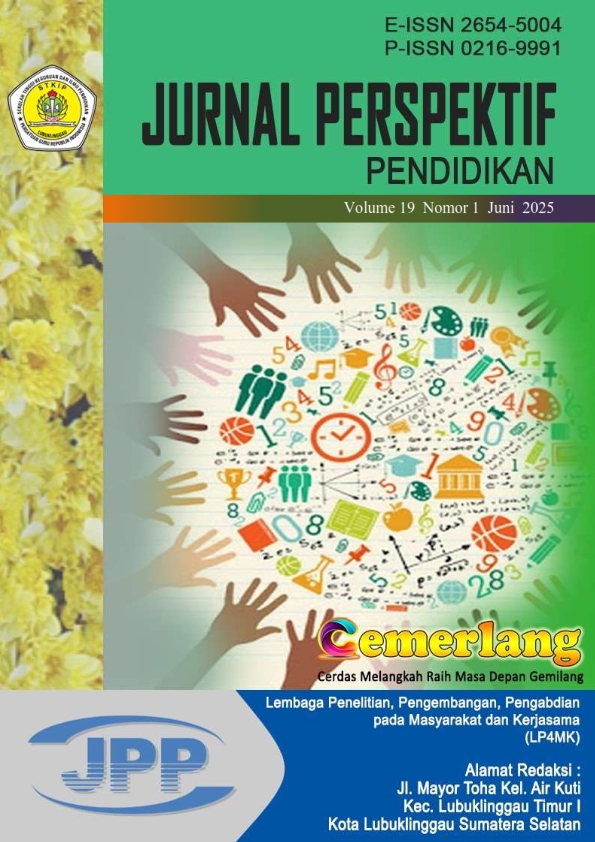Social Criticism: Charlotte’s Web Analysis
Abstract
Aim of this analysis was to describe social criticism in Charlotte’s Web. Descriptive qualitative method was applied in analyzing. Novel became main focus to be analyzed. Unfair friendship like a toxic friendship and bad relationship between characters in the novel are found as the social critics. Besides, It was also analyzed that a complicated friendship was happen and left a conflict like different perspective on the way someone though about life. There was no willingness to listen to and discuss with partners. Trust became one point that was analyzed. Trust to others was so essential. When one believed in others so all things run well becuse there was a respectable eachother. In addition, social criticsm was also seen in this novel by analyzing that friend was widely loved and care about but it is not as beautiful as thought by writer. Social problems and classification like what was called by bad circle that gave a very strong influence to the way one interact with others.
References
Jakobson, R. 2005. Literature. Retrieved from http://www.scribd.com/doc/ 27042357/LITERATURE.
Isaac, S, & Michael, W. 1985. Handbook in Research and Evaluate. California: Edit Publisher.
Kosasih, E. 2002. Dasar-Dasar Keterampilan Bersastra. Bandung: Yrama Widya.
Priyatni, E. T. 2010. Membaca Sastra dengan Ancangan Literasi Kritis. Jakarta: Bumi Aksara.
Purwanti. 2013. Let’s Write English Texts. Yogyakarta: Citra Aji Parama.
Samuel. 2014. The American Dream As a Means of Social Criticism in the Great Gatsby.
Semi, A. 2012. Metode Penelitian Sastra. Bandung: Alfabeta.
Subhan, B. 2006. Understanding Literary Appreciation. Yogyakarta: Debut Press.
Wahyu, A. 2007. Teori Sastra. Yogyakarta: Citra Aji Parama.

This work is licensed under a Creative Commons Attribution-NonCommercial-ShareAlike 4.0 International License.

Jurnal Perspektif Pendidikan by https://www.ojs.stkippgri-lubuklinggau.ac.id/index.php/JPP is licensed under a Creative Commons Attribution-NonCommercial-ShareAlike 4.0 International License.















